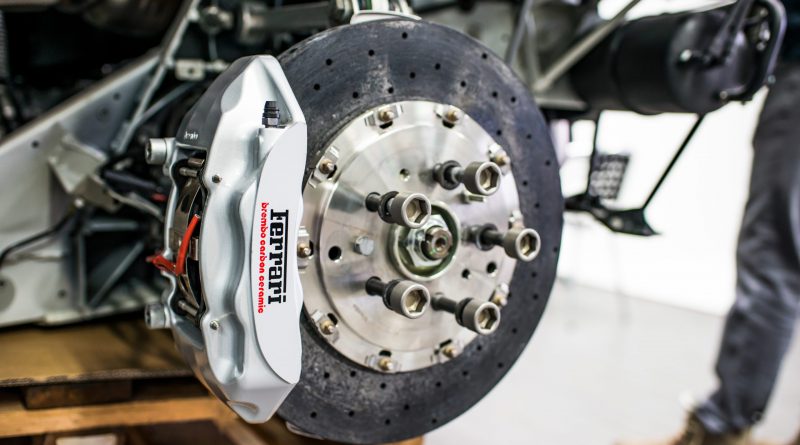Different types of brakes and ABS
Your brakes are up there with the most important parts of your car. This isn’t news, but the different types of brakes are something that you really need to know about. They’re lifesavers after all. How your brakes work, however (and the invention of ABS) is where things get really interesting. It’s not as black and white as you may well think.
There are actually two main kids of brakes out there. It’s almost certain that it’s one of them on your car, and they’re pretty different in how they work. They both slow you down, but how they actually do it is where things get interesting. How brakes work.
Disk Brakes
We’ll start by looking into disk brakes. These are the much more common of the two in modern cars and that’s because they are generally a better system. They are much more efficient at what they do, and they work in a really interesting way that we now apply to just about everything.
How disk brakes work
How these types of brakes work is generally the same way as you see on a bicycle. Your wheels have a disk on the, surrounded by two blocks of friction material. That can be a lot of different things, but it’s always something durable and able to withstand a lot of pressure. Getting a car to stop Is hard work after all.
When it comes to actually braking, this is where the magic happens. The pressure you put on your brake pedal squeezes these blocks together. Using a brake fluid, pressure builds behind the blocks and pushed them onto the disks, causing friction to slow down your car.
That’s the whole thing in a nutshell, and it’s a great way to do it.
Drum Brakes
Before disk brakes were on the scene, we had to make use of drum brakes. These aren’t as efficient but are actually a lot cheaper (so they are still used on some lower-end cars and generally most cars from the 80s or before).
They are still a more than acceptable way to brake, but when it comes to performance or high-speed driving, they may not cut it. On top of that, this type of brake may not last as long as disk brakes would, and that can be a real issue for you. You don’t want to have to replace them too often after all (so be careful when you buy).
How drum brakes work
How these types of brakes work is much the same as it is with disk brakes, but from a kind of upside-down perspective. Your brake pedal still applies pressure to your brake pads, but in a drum brake, that pushes the callipers inside of the drum outwards.
To do that, the wheel itself is actually sat inside of a drum. When you apply the brake pressure with your foot, this is when you push outward, allowing the contact to be made with the calliper to the drum and slowing the whole thing down. It’s very systematic and it’s tried and tested, although it has more limitations.
ABS
On top of both of the braking types we have already looked at, it’s also a great time to look at something more advanced too. That’s where ABS, or Anti-lock Braking Systems, come into play. These are where things get even more complicated still but as far as life-saving technology goes, they are one of the best inventions in the history of automotive machines.
ABS is a term used to describe a system that takes place when you are braking as hard as possible. It stops your wheels from locking through harsh braking, by keeping your brakes on as much as possible right up until the very tipping point of a skid. It’s your brakes absolute maximum.
Without ABS, going from nothing to full brake force results in one easy thing. A skid. That’s when your wheels lock and the force changes through other means. Usually, it’s extremely dangerous (and scary too).
Ultimately, brakes are vital to safe driving and to driving in general. There’s a lot of science that goes into how they work and keeping them going too. Don’t take them for granted, and make sure you’re checking them regularly. That’s even more important in winter!
Buying a used VW. Buying used vauxhall, BMW, Jaguar, Ford, Volvo, Range rover, Bentley, Aston Martin, Porsche, Ferrari, Lamborghini, Maserati, Hyundai, Tesla

